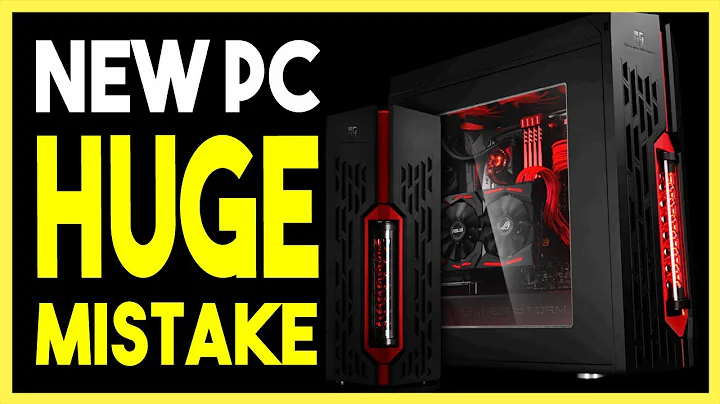No display after changing cpu/processor
4 things to check:
- The bios revision you are on supports your CPU. I can see that support for the 2500k was added in bios version 0507 for that board. If you are not on the latest bios, reinstall your old processor and update that first. https://www.asus.com/us/Motherboards/H61MC/HelpDesk_CPU/
- The CPU is properly seated. There are no bent pins in your motherboard and the CPU is oriented correctly.
- Your cooler is mounted properly and is applying sufficient and even pressure to the CPU. I have seen many builds fail to POST because the CPU cooler is too loose or is tightened unevenly
- Your old CPU works properly in the system (to rule out issues with your GPU or the rest of your setup)
In terms of debugging, I would encourage you to see if you have the bios speaker that came with your mobo or if you can borrow one from another system. This speaker will give you beep codes you can look up online (made up example: 4 beeps means memory not supported). Also, if your motherboard has an onboard video output, try removing your GPU and connecting a monitor to that video output. You can also try booting with only one stick of ram just to eliminate variables.
Related videos on Youtube
dcangulo
Updated on September 18, 2022Comments
-
dcangulo over 1 year
I am running the following specs:
- Motherboard: Asus H61M-C
- Processor: Intel Pentium G2030 (Ivy Bridge) @ 3.00GHz
- RAM: Kingston HyperX Fury 1600MHz 8GB Blue
- GPU: Palit GeForce GTX 750 Ti StormX Dual (2GB GDDR5)
- HDD: 500GB Toshiba 7200RPM
- PSU: Corsair VS450
- Case: Rakk Anyag Frost
- Case Fans: (2x) 120mm Rakk Ounos X White
Everything works just fine until I decided to change my cpu/processor to Intel Core i5-2500 (Sandy Bridge) @ 3.30GHz
I get a display when using onboard, while no display when plugging my VGA cable to the GPU. I can't even see the BIOS, it is simply shows no display.
I am well aware that my GPU is PCI-E 3.0 while my new processor can only support up to PCI-E 2.0. I have read that PCI-E 3.0 is backwards compatible so it must be compatible with my new processor.
I don't know if I broke my GPU just by changing the processor but I don't think so. I know the computer boots just fine but only without display.
When using onboard GPU, I can see from the software Speccy that my PCI-E 3.0 slot is my motherboard is available when it's clearly there's a video card seated there. My system is unable to detect my video card even in the device manager it does not show up.
What I have tried so far:
- Removing the CMOS battery, pressing the power button 15 seconds, then reinstall CMOS battery.
- Updated the BIOS to the latest available.
- Reseating the GPU.
- Setting the primary display to PCI-E (default is auto but my Mobo does not save the settings as when I save the settings to PCIE it always changes back to default, it seems like it does not detect a PCIE card that's why it reverts to default).
- Uninstalling/Reinstalling graphic drivers.
- Cleaning GPU pins with eraser.
What I will try next:
- Putting back my old processor.
- Try another monitor.
- Try another VGA cable.
- Reformat my system. Try another GPU in my system (I don't have extra GPU to try it with).
- Try the GPU in another system (I don't have another system or a friend near me to try to).
What do you guys think I can do?
-
David Schwartz over 5 yearsThe most likely explanation is that the CPU is not properly seated or a pin is bent or damaged.
-
dcangulo over 5 yearsI just sold the i5-2500 and bought an i5-3470 instead and it works. I just think that my video card doesn't want to be matched on 2nd generation processors.




